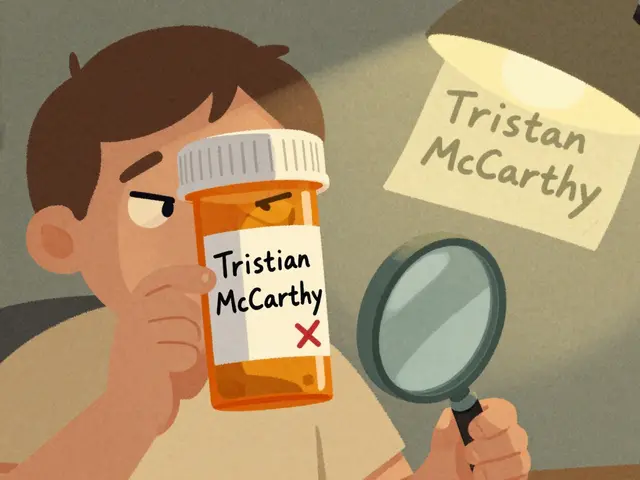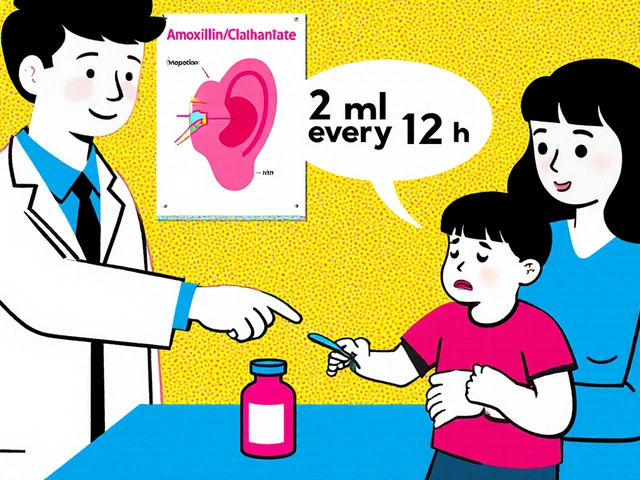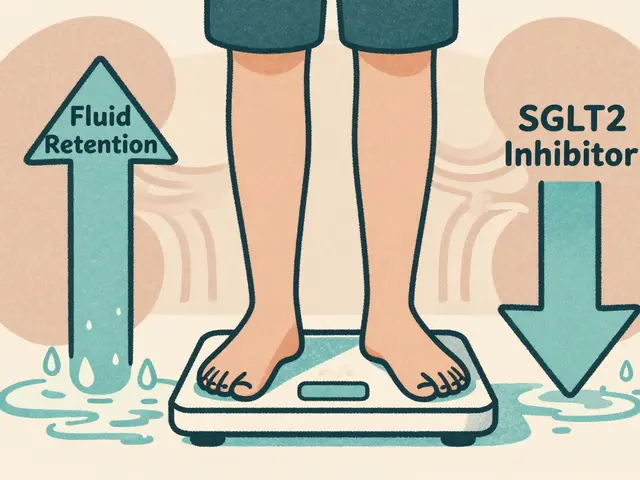Tremors: Signs, Causes, and What You Can Do Today
Notice shaking in your hands, head, or voice that you can’t control? Tremors are common and can feel scary, but many causes are treatable. This page helps you tell what type of tremor you might have, when to get checked, and simple things to try right away.
A tremor is an involuntary, rhythmic movement of a body part. Some tremors appear when you try to move (action tremor), others at rest. The two most common causes are essential tremor — a genetic condition that often starts in mid-life — and Parkinson’s disease, which usually causes a resting tremor plus slowness and stiffness. Medications, overactive thyroid, low blood sugar, anxiety, and alcohol withdrawal can also cause shaking.
When to see a doctor
Book a medical visit if the shaking is new, getting worse, or stopping you from doing everyday tasks like writing, eating, or dressing. Also get urgent attention if tremor comes with sudden weakness, vision changes, numbness, or trouble speaking — that could signal a stroke. Bring notes about when the tremor started, what makes it better or worse (caffeine, stress, alcohol), and any drugs you take, including herbal supplements.
Treatment and everyday tips
Diagnosis usually starts with a history and a simple neurological exam. Your doctor may order blood tests (thyroid, glucose), and sometimes brain imaging. Treatment depends on cause and severity. For essential tremor, common first-line options include low-dose beta-blockers such as propranolol and anticonvulsants like primidone. For Parkinson’s-related tremor, medications that boost dopamine help. Focal tremors (head, voice) may respond to botulinum toxin injections. In severe cases that don't respond to meds, deep brain stimulation can reduce shaking significantly.
You can try practical steps at home: cut back on caffeine and energy drinks, limit alcohol, and practice stress-reduction techniques like slow breathing. Weighted utensils, wrist weights, and adaptive tools make daily tasks easier. Occupational therapy and simple hand exercises can improve control over weeks. If medication causes tremor, your doctor may change the drug or dose.
Keep a short log: note time of day, activities, foods, and stress levels when tremor appears. A clear log helps your clinician find patterns and choose the right tests or treatments. Remember, many people with tremors live well after diagnosis using a mix of medicines, therapy, and small lifestyle changes. If you're unsure, start with a primary care visit — they’ll guide you to the right specialist if needed.
Practical things to track: which foods (like high-caffeine coffee or cold drinks), times that tremor peaks (morning vs evening), and stress events. Take photos or short videos on your phone — showing the shaking helps specialists. Ask about referral to neurology, movement disorder clinics, or local support groups; connecting with others who use weighted cutlery or voice therapy can speed practical fixes. If cost is a worry, ask your clinic about low-cost therapy options or community occupational therapy programs. Small changes add up and often cut frustration faster than you expect. Get help early.









